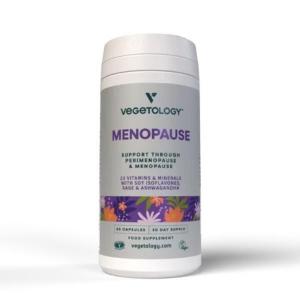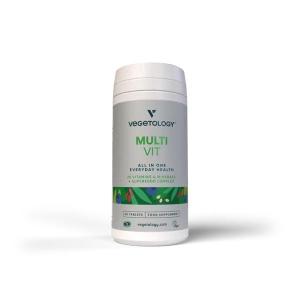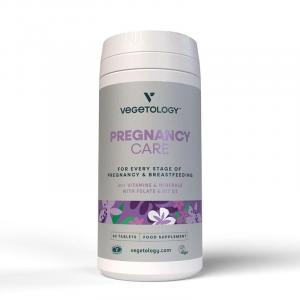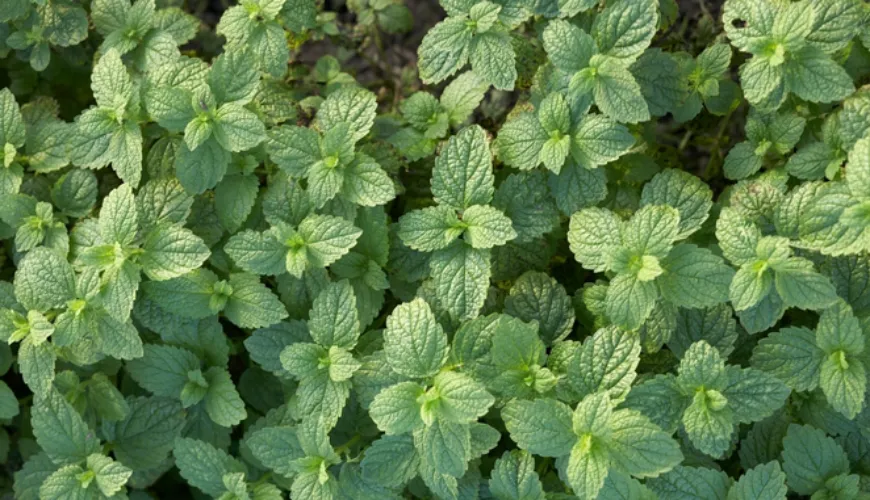
What is molasses and how to use it to improve diet and health
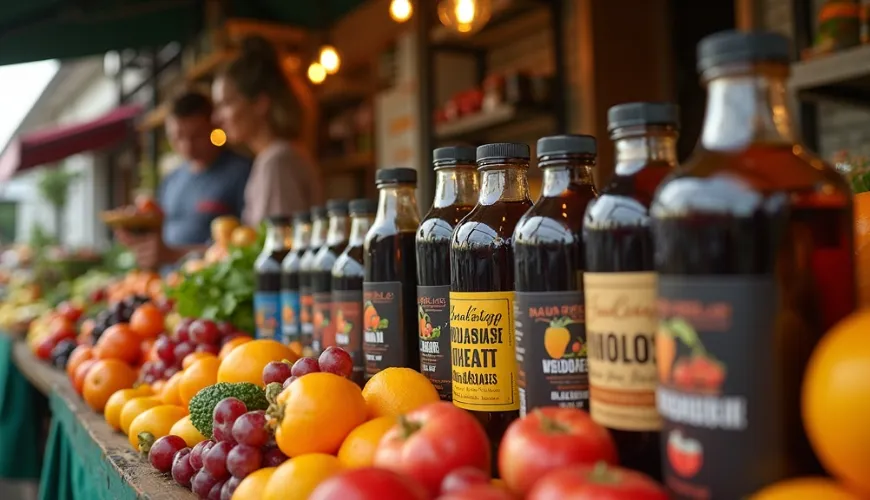
The Sweet Power of Nature - What Is Molasses and Why Should You Be Interested?
At first glance, it appears as an ordinary dark, thick liquid. Maybe you remember it from childhood when it was used in baking or as part of livestock feed. Few realize that molasses has a far wider range of uses—not just in the kitchen but also in health care, beauty, and even ecological agriculture. This raises the question: What exactly is molasses, and why are so many people returning to it today?
Molasses: A Byproduct with Surprising Effects
To understand what molasses is, we need to pause for a moment at sugar production. Molasses is a byproduct that occurs during the processing of sugarcane or sugar beets. When sugar is extracted from these plants, a dark syrupy substance remains—molasses. It contains residual sugar but also a range of other valuable substances that disappear during sugar refining.
This is where its value lies. Molasses is not just a leftover but a treasure—it contains minerals like iron, magnesium, potassium, calcium, or B vitamins. While most refined sugar is merely empty energy, molasses offers nutritional depth often missing in modern diets.
What Does Molasses Taste Like and How to Use It?
The taste of molasses is distinctive, caramel-like, with slightly bitter and sometimes smoky notes. In gastronomy, blackstrap molasses is mainly used, which has the lowest sugar content but the highest concentration of nutrients. It is suitable for gingerbread, cookies, homemade granola, but also for marinades or as a sweetening alternative for those seeking a less invasive form of sugar.
However, molasses is not limited to the kitchen. In traditional folk medicine, it has been used for centuries as a natural tonic for iron supplementation—and no wonder. One tablespoon of blackstrap molasses contains approximately 20% of the recommended daily dose of this mineral. Women suffering from anemia, growing children, or athletes can benefit from its regular use. Unlike synthetic iron supplements, molasses does not burden digestion and rarely causes side effects.
An example is the story of a young mother who suffered from low iron levels after childbirth. Medications caused her stomach issues, so her nutritionist recommended a teaspoon of molasses daily. After several weeks, her hemoglobin levels stabilized—and she also grew fond of its taste.
Molasses in Ecology, Cosmetics, and Home
The story of what molasses is doesn't end with nutrition. In ecological agriculture, molasses is used as a natural fertilizer—providing soil with not only energy but also micronutrients that promote the growth of beneficial microorganisms. Therefore, you can find it in some composting mixtures or soil regeneration products. Beekeepers sometimes use it as a substitute feed for bees during winter, and in the production of biogas or alcohol, it represents a valuable source of fermentable sugar.
In natural cosmetics, molasses appears as a moisturizing and nourishing element—thanks to its content of glycolic acid, it can stimulate skin renewal. Some homemade hair or face masks use molasses as a main ingredient that not only softens but also soothes irritation.
And let's not forget the eco-friendly household—molasses is a base for some enzyme-based cleaning products, where it acts as a cultural medium for beneficial bacteria. The result is a natural cleaner that is gentle on surfaces and the environment.
Three Basic Types of Molasses and How to Distinguish Them
Even among molasses varieties, there are differences. They differ not only in the raw material from which they originated but also in the processing method. If someone asks "molasses—what is it," they might need to add: "which molasses exactly?"
- Sugarcane Molasses – has a darker color, stronger flavor, and more minerals. It is especially popular among healthy eating enthusiasts.
- Sugar Beet Molasses – milder, lighter, less rich in nutrients. Often used in food production or agriculture.
- Blackstrap Molasses – created after the third boiling of sugarcane, has the highest content of minerals and the lowest sugar content. This variant is suitable as a dietary supplement for those seeking a functional sweetener.
Therefore, when purchasing, it is worth looking at both the name and origin. With quality molasses, such as organic ones, there is no risk of pesticide residues or other undesirable substances.
Try our natural products
A Helper in Vegan Kitchens and Home Natural Pharmacies
Vegan diets can sometimes be challenging in terms of getting enough iron, calcium, or vitamin B6. And this is where molasses shows its strength. As a natural product that is not of animal origin, it fits perfectly into plant-based cuisine. It can be added to oatmeal, smoothies, plant milks, or even homemade protein bars.
Interestingly, molasses also helps with menstrual issues or insomnia—thanks to its content of magnesium and calcium, it can naturally relax muscles and promote more restful sleep. Some women use molasses as a supplement for hormonal imbalance or during PMS.
A quote from the well-known American doctor and natural nutrition advocate Dr. Michael Greger sums it up well: “Molasses is an example of how a byproduct can be something that is nutritionally more valuable to our bodies than the main product itself."
What to Watch Out For and How to Properly Store Molasses
Although molasses offers many benefits, it should not be consumed thoughtlessly. It is still a sweetener with a high carbohydrate content—albeit natural. People with insulin resistance or diabetes should consult their doctor about its consumption. Also, with young children, it is good to start cautiously—such as in tea or as part of homemade cookies.
Storing molasses is simple—just a dark, cool place and a well-sealed container. Once opened, it lasts for several months without losing its properties. Just be careful with moisture—molasses is highly hygroscopic, meaning it tends to absorb water from its surroundings.
Molasses and the Future of Sustainable Eating
At a time when more people are considering where their food comes from and its impact on the planet, molasses appears as a modest but powerful player. It is a symbol of circular economy in food production—using "leftovers" and turning them into functional superfoods. There is no need to produce anything new, just rediscover what has long been there.
Molasses is not only an answer to the question "what is molasses" but also an inspiration for how to think about food differently—with respect for nature, the body, and tradition. It is a raw material that connects flavors, health, and ecology in a harmonious whole. And perhaps that is why it deserves a place in your pantry.
